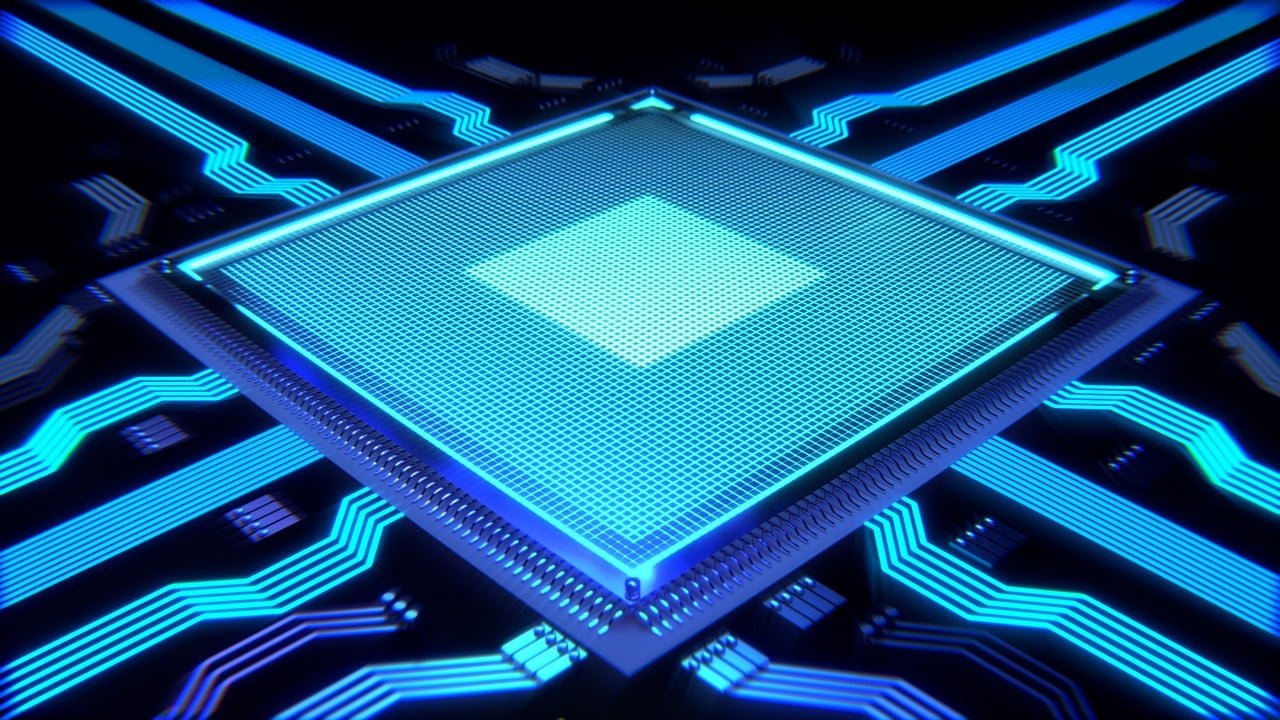
In the face of declining sales across the tech industry, Apple strikes back with an innovative launch of MacBook Pros equipped with M3 Chips. These new chips are not just a product of Apple's cutting-edge tech but also an integral part of the company's vertical integration strategy. With advanced GPU features and more efficient CPU, Apple aims to revolutionize AI and gaming performance.
Apple's M series silicon revolutionizes Mac performance
Apple's venture into the world of PC chips with its M series silicon in 2021 made waves across the tech industry. The launch of an Apple-specific chip architecture based on ARM fundamentally altered the way consumers and enterprises view the performance capabilities of Mac. Despite facing a turbulent market with declining sales, Apple didn't shy away from investing in innovation. The M3 chips are a testament to this commitment, representing a critical component of Apple's full-stack vertical integration strategy. This strategy focuses on controlling everything from the hardware to the software, thereby building a unique differentiation.
Next-gen GPU microarchitecture boosts performance
One of the major advancements in the M3 chips is the introduction of a next-generation GPU microarchitecture. This new architecture includes a feature called dynamic caching, which changes how a GPU handles caching of local memory. Traditional GPU caching assigns the same amount of memory to all processes at compile time, often leading to inefficient allocation and unused memory. Dynamic caching, on the other hand, allows the system to distribute memory based on the compiler's needs at a given moment. This feature, along with other GPU enhancements like hardware-accelerated mesh shading, significantly increases the GPU's average utilization, enhancing performance for demanding applications and games.
Hardware-accelerated ray tracing enhances graphics
In addition to dynamic caching, the new GPU architecture also enables hardware-accelerated ray tracing. This is a rendering technique that produces photorealistic graphics by accurately simulating how light interacts with objects, including the levels of light reflection, refraction, or absorption. The integration of hardware-accelerated ray tracing with the new graphics architecture allows the new MacBook Pros to deliver up to 2.5 times faster rendering performance compared to the M1 family. Comparatively, when put against the latest 12-core PC Laptop chip, Apple claims it can deliver the same performance at just one-fifth of the power.
The M3 chips are not just about GPU improvements; they also feature a more efficient and performant CPU. The new architecture offers tremendous performance per watt - the CPU cores are up to 30% faster than the M1 family, while the efficiency cores are up to 50% faster. The architecture can deliver the same multi-threaded CPU performance as the M1 chip, but using only half the power. Similarly, the GPU can provide the same performance at nearly half the power. According to Apple, its Macs with the M3 chips will deliver the same CPU performance as a 12-core PC Laptop chip, but using only a quarter of the power.
One of the fascinating features of the M3 chips is that they use a 3-nanometer manufacturing process. This process allows Apple to pack billions more transistors into the same or even a smaller die size than what was possible with the 5 and 7-nanometer processes. The M3 chip has 5 billion more transistors than its predecessor, the M2 chip, and yet it has a smaller footprint. This aspect allows Apple to create new functionalities and capabilities, such as changes in the GPU's performance.
Efficient neural engine supports AI and streaming
The M3 chips also come with a faster and more efficient neural engine. It's up to 60% faster than the M1 family and comes with an advanced media engine for hardware acceleration of the most popular video codecs. It now supports AVI1, enabling power-efficient playback of streaming video from services like YouTube, Netflix, and others. When Apple announced its silicon three years ago, it added neural engineering with CPU and GPU accelerators. The unified memory architecture is an advantage in AI because the transformer models that people use for AI require a lot of memory. The unified memory model lets you use transformer models with billions of parameters on your MacBook Pro.
M3 chips enhance MacBook Pro performance
The M3 chips are a significant addition to the MacBook Pro models with 14-inch or 16-inch screens. Each Apple M series chip supports different user needs for the various MacBook Pro models. For instance, the M3 offers an 8-core CPU, a next-generation 10-core GPU, and up to 65% faster performance. The M3 Pro scales up that design, offering a 12-core CPU and 18-core GPU and is up to 40% faster than the M1 Pro. Meanwhile, the M3 Max provides a 16-core CPU, a 40-core GPU, and 128 gigabytes of unified memory for the most demanding workloads. These features make the M3 Max-equipped MacBook Pro suitable for AI developers working with larger transformer models with billions of parameters.










